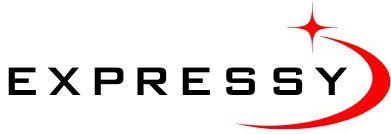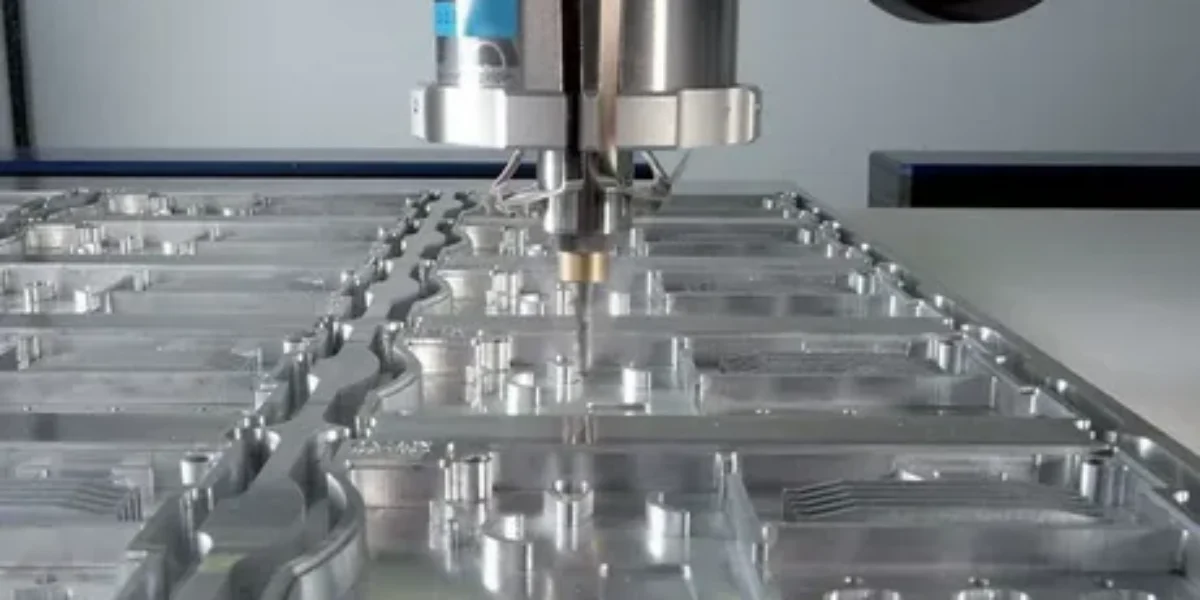In today’s fast-paced manufacturing landscape, choosing the right CNC milling machine can significantly impact the productivity, precision, and profitability of your business. With the vast array of models, specifications, and technologies available in the market, the selection process can be overwhelming for both new and experienced manufacturers. Making an informed decision involves considering several factors, including your production needs, budget, material types, and future scalability. This guide will help you navigate these critical considerations so you can confidently invest in a CNC milling machine that aligns with your business goals.
Selecting the right CNC milling machine is not just about buying a piece of equipment—it’s about investing in your business’s future. The machine you choose will influence your ability to meet client demands, maintain quality standards, and stay competitive in your industry. By understanding the key features of CNC milling machines and how they align with your operations, you can ensure your investment delivers maximum value. Let’s explore the essential elements you need to evaluate before making this important decision.
Understanding Your Production Requirements
Before purchasing a CNC milling machine, it’s crucial to assess your specific production needs. Ask yourself: What type of parts will you produce? How complex are the geometries? What level of precision do your clients demand? The answers to these questions will determine whether you need a 3-axis, 4-axis, or 5-axis machine. If your production involves simple components with minimal contours, a 3-axis CNC milling machine might suffice. However, for intricate parts requiring multi-sided machining, investing in a 4-axis or 5-axis machine would offer the flexibility and precision your business needs.
Additionally, consider your production volume when choosing a CNC milling machine. Are you producing high quantities of identical parts, or is your work primarily low-volume, custom jobs? High-volume production typically requires machines with faster spindle speeds, automatic tool changers, and larger work envelopes to maximize throughput. On the other hand, if your business focuses on prototyping or small-batch manufacturing, a machine with quick setup times and versatile tooling options might be more appropriate. By carefully analyzing your production requirements, you can ensure the machine you choose will handle your workload efficiently and cost-effectively.
Evaluating Machine Specifications and Features
When choosing a CNC milling machine, it’s vital to understand and compare the technical specifications that affect performance and output quality. Key factors include spindle speed, horsepower, table size, travel distance, and tool capacity. The spindle speed and power determine how effectively your machine can cut various materials, from aluminum and plastics to hardened steel. If you plan to work with a range of materials, opt for a CNC milling machine that offers variable spindle speeds and ample horsepower to tackle different cutting conditions.
Another important consideration is the machine’s accuracy and repeatability, which directly affect the quality of your finished products. Look for machines with high-precision linear guides, rigid construction, and advanced control systems that ensure consistent results. Features such as automatic tool changers, coolant systems, and chip conveyors can enhance efficiency and reduce manual intervention, especially in high-volume environments. Don’t overlook the importance of user-friendly interfaces and software compatibility, as these will impact the ease of programming and operator training. By focusing on the right combination of features, you’ll select a CNC milling machine that meets both current and future demands.
Considering Your Budget and Total Cost of Ownership
While the upfront cost of a CNC milling machine is a significant factor, it’s essential to consider the total cost of ownership over the machine’s lifespan. This includes maintenance, tooling, software licenses, training, and utility consumption. A low-cost machine may save money initially but could result in higher expenses due to frequent repairs, downtime, or limited capabilities. Investing in a high-quality machine from a reputable manufacturer often proves more economical in the long run because of greater reliability, durability, and support services.
It’s also wise to evaluate financing options and potential return on investment (ROI). Some manufacturers and dealers offer leasing programs, trade-in deals, or flexible payment plans that can ease the financial burden. Furthermore, consider how quickly the CNC milling machine will start contributing to your revenue. Machines that boost productivity, reduce cycle times, and minimize waste can accelerate ROI. By balancing your budget with the machine’s capabilities and long-term costs, you can make a financially sound decision that supports your business growth.
Assessing Supplier Support and After-Sales Service
The relationship with your machine supplier doesn’t end once you finalize the purchase of a CNC milling machine. Reliable after-sales support is essential for keeping your operations running smoothly. When evaluating vendors, consider factors such as warranty terms, availability of spare parts, response time for technical support, and the quality of customer service. A supplier that offers comprehensive training programs, preventive maintenance packages, and remote diagnostics can significantly reduce downtime and enhance your team’s confidence in using the machine.
Supplier reputation and experience in the CNC milling industry also play a crucial role. Choose a vendor with a proven track record of supporting businesses similar to yours. Request references, read customer testimonials, and ask about service infrastructure in your area. A supplier who prioritizes customer satisfaction and stands behind their products will be a valuable partner as your business grows and evolves. This level of support ensures that your CNC milling investment remains a productive asset for years to come.
Planning for Scalability and Future Needs
Your choice of CNC milling machine should not only meet your current needs but also accommodate future growth and technological advancements. As your business expands, you may need to handle larger volumes, machine more complex parts, or integrate with automation solutions like robotic arms or pallet changers. Selecting a machine that is modular or upgradable can provide the flexibility required to scale your operations without needing to invest in entirely new equipment.
Additionally, staying ahead in the competitive manufacturing sector requires adopting smart technologies. Consider machines that offer connectivity options for Industry 4.0, such as remote monitoring, predictive maintenance, and data analytics. These features can help you optimize processes, reduce waste, and make data-driven decisions. By planning for scalability and embracing innovation, you ensure that your CNC milling machine investment will remain relevant and beneficial as market demands and technologies evolve.
Conclusion
Choosing the right CNC milling machine for your business is a multifaceted decision that requires careful evaluation of your production requirements, machine specifications, budget, supplier support, and future scalability. By taking the time to assess these factors thoroughly, you can select a machine that not only meets your immediate operational needs but also positions your business for long-term success. Remember, a well-chosen CNC milling machine is more than a piece of equipment—it’s a strategic asset that can drive innovation, efficiency, and profitability. Invest wisely, and your CNC milling machine will become a cornerstone of your manufacturing success.












